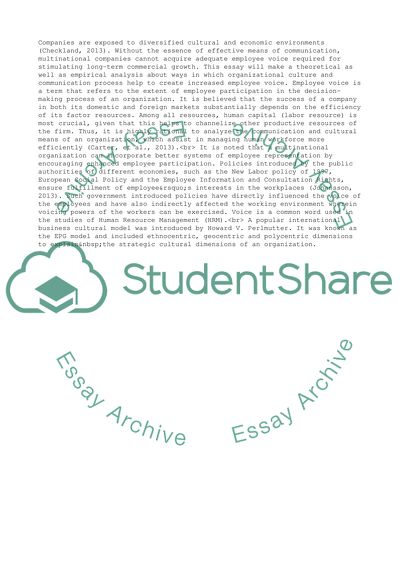Cite this document
(Cultural Means and Communication of International Organizations Term Paper, n.d.)
Cultural Means and Communication of International Organizations Term Paper. Retrieved from https://studentshare.org/management/1650390-internation-cultural-and-communication
Cultural Means and Communication of International Organizations Term Paper. Retrieved from https://studentshare.org/management/1650390-internation-cultural-and-communication
(Cultural Means and Communication of International Organizations Term Paper)
Cultural Means and Communication of International Organizations Term Paper. https://studentshare.org/management/1650390-internation-cultural-and-communication.
Cultural Means and Communication of International Organizations Term Paper. https://studentshare.org/management/1650390-internation-cultural-and-communication.
“Cultural Means and Communication of International Organizations Term Paper”, n.d. https://studentshare.org/management/1650390-internation-cultural-and-communication.


